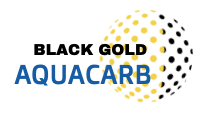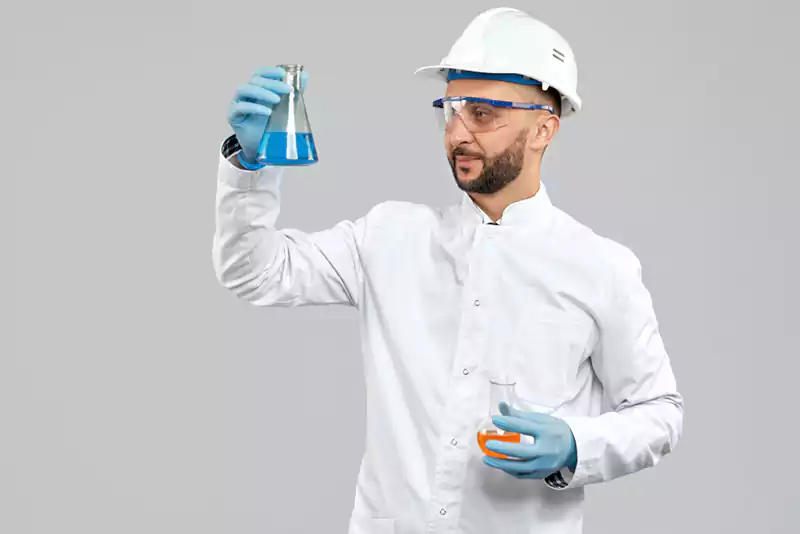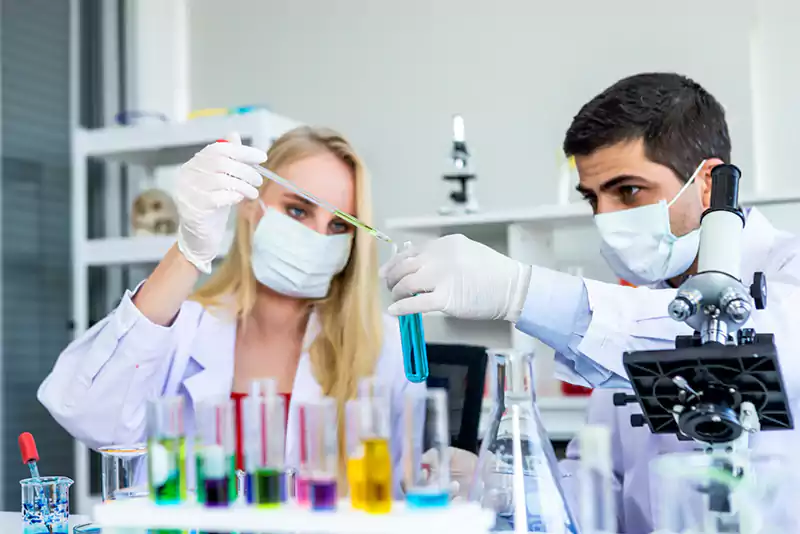Chemical
Chemical and Pharmaceutical
Activated carbon from AquaCarb Global LLC plays a vital role in chemical refining, pharmaceutical manufacturing, and purification processes, facilitating the efficient removal of impurities and contaminants
Catalyst and Catalyst Support
ICGL & ACPL Activated Carbon is widely utilized in various industries as a catalyst and catalyst support. With its large surface area and hardness, it serves as an excellent carrier for catalytic metals. We offer a range of activated carbon products specifically designed for catalyst applications.
Applications
- Solvent recovery
- Purification of active pharmaceutical ingredients (APIs)
- Decolorization
- Catalyst support
- Chlorination of hydrocyanic acid to cyanogens chloride and cyanuric chloride.
- Glyphosate production as oxidation catalyst
- Merox process in mercaptan removal in petroleum refineries.
- Production and destruction of Phosgene
- Conversion of sulfur dioxide to sulfur trioxide
- Precious metal catalyst carrier in pharmaceutical and chemical industry.
Activated Carbon in Catalyst Support
Catalysts are extensively used in the chemical industry, with two main types: homogeneous catalysts in the solution state and heterogeneous catalysts in the solid state. Activated carbon serves as an effective catalyst support for preparing heterogeneous catalysts. Its high surface area enhances the catalytic activity by increasing the surface area available for reactions. Additionally, activated carbon offers improved aeration, heat resistance, and anti-poisoning properties as a catalyst support. Its inert nature ensures minimal interference with the main reaction, and the porous structure allows for the distribution of metals like palladium and platinum as catalysts. The increased efficiency of the catalyst reaction is achieved through the high surface area of the activated carbon.
Scope of Applications of AC in Catalyst Support:
- Dehydrogenating Reaction
- Oxidation Reaction
- Dehalogenation Reaction
- Halogenation Reaction
- Oxidation dehydrogenating reaction
Solvent Recovery
In industries such as printing, dry cleaning, and paint production, various solvents are vaporized during the manufacturing process. Recovering these solvents from the exhaust air not only reduces costs but also minimizes atmospheric pollution. Activated carbon plays a crucial role in this process by adsorbing the solvents from the air and subsequently desorbing them using hot steam or inert gas. The condensed solvents are then treated for reuse. The effectiveness of solvent recovery depends on the pore structure of the activated carbon.
Activated Carbon in Solvent Recovery
Activated carbon is capable of recovering a range of solvents, including acetone, cyclohexane, carbon disulphide, toluene, and methyl-ethyl ketone. By utilizing activated carbon, industries can optimize their solvent recovery processes, reducing environmental impact and achieving cost savings.
AquaCarb Global LLC’s activated carbon products offer reliable and efficient solutions for chemical and pharmaceutical applications, ensuring the purity and quality of various products and enabling sustainable manufacturing processes.





